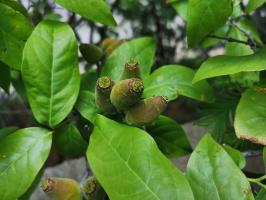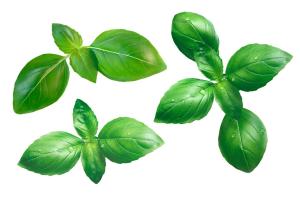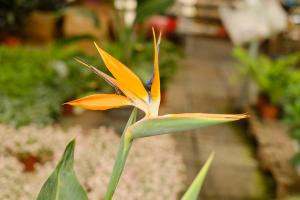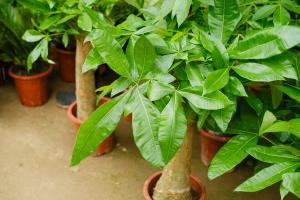How to Water Plants Soil Surface
Watering plants is an essential aspect of plant care. Watering plants can seem like a simple task, but it can be challenging to determine the correct amount of water to give to individual plants. One of the most important aspects of watering plants is to water the soil surface effectively. This article will discuss the best ways to water the soil surface of your plants.
Why Watering Plants Soil Surface is So Important
Watering the soil surface is essential for the health of your plants. If you water the leaves of the plant, the water will evaporate quickly, and the plant will not receive the necessary moisture it needs to grow. Watering the soil surface allows the water to penetrate the roots, providing the necessary moisture for the plant to survive. Additionally, watering directly on the soil surface can help to prevent diseases and fungal growth in your plants.
When Should You Water the Soil Surface?
Watering the soil surface should only be done when the soil is dry to the touch. Overwatering your plants can lead to root rot, and your plant may not get the necessary air and nutrients it needs to thrive. The timing of watering plants soil surface can vary depending on the plant species, climate, and soil type. As a general rule, you should water your plants when the top 1-2 inches of the soil surface is dry.
The Best Techniques for Watering Plants Soil Surface
There are several techniques you can use for watering plants soil surface. One of the most popular methods is the watering can. A watering can allows you to control the amount and flow of water, which is ideal for more delicate plants that need less water. Additionally, you can use a hose to water the soil surface, which is ideal for larger outdoor plants. For indoor plants, a small squeeze bottle or spray bottle can be used to water the soil surface.
Another popular technique for watering plants soil surface is drip irrigation. Drip irrigation allows you to control the amount and frequency of water to your plants. Drip irrigation systems work by delivering water directly to the plant's roots through a network of pipes and emitters. This method is efficient and ideal for plants that require more precise watering, such as vegetable plants.
Additional Tips for Watering Plants Soil Surface
Here are some additional tips for watering plants soil surface:
Water your plants early in the morning or late in the afternoon to prevent evaporation.
Use rainwater or distilled water to water your plants to prevent harmful minerals from tap water.
Avoid watering plants overhead, as this can cause fungal growth and disease.
Use mulch to help retain moisture in the soil surface and reduce watering frequency.
Don't let your plants sit in water, as this can cause root rot.
Conclusion
Watering the soil surface is essential for the health and growth of your plants. With the right technique and watering schedule, you can ensure that your plants get the necessary moisture they need to thrive.

 how many times do yo...
how many times do yo... how many planted tre...
how many planted tre... how many pine trees ...
how many pine trees ... how many pecan trees...
how many pecan trees... how many plants comp...
how many plants comp... how many plants can ...
how many plants can ... how many plants and ...
how many plants and ... how many pepper plan...
how many pepper plan...
































